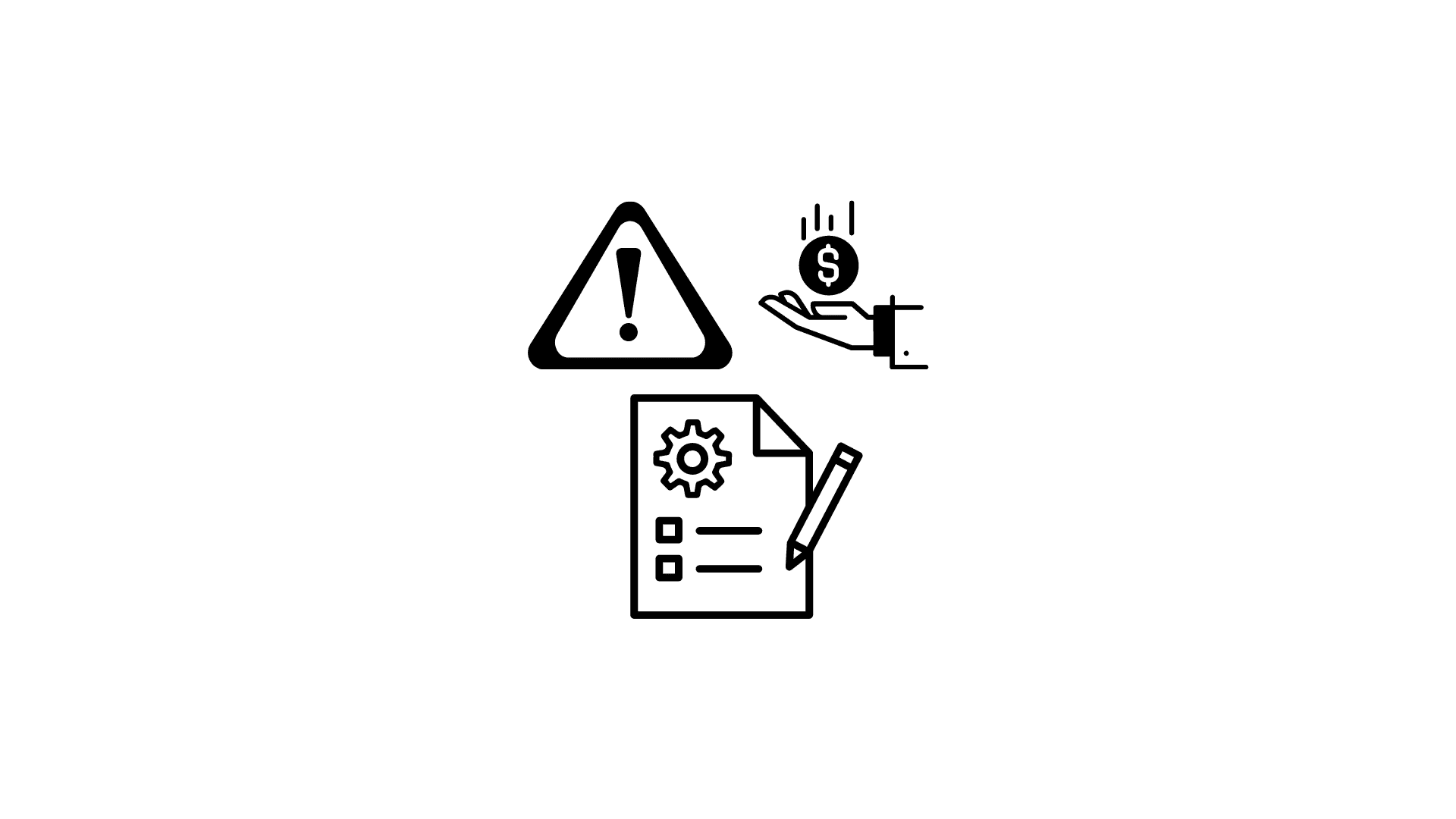Quality assurance (QA) is one of the main steps in the process of software development and requires careful management to ensure that the software is as robust and reliable as possible. Defect management tools are an effective way of managing the defects, or errors, in software development projects. These tools provide automated processes for tracking and resolving defects, as well as providing visibility into the development process and enabling teams to work together more efficiently. As a result, teams can identify and fix issues quickly, reducing the risk of costly remediation and improving the quality of the software. By using defect management tools, teams can increase the quality of their software while also reducing their time and effort spent on quality assurance.
The importance of QA in software development
QA ensures software products meet high standards of quality and reliability, by helping in identifying and eliminate defects early in the software development lifecycle, which helps reduce the cost and time required for fixing issues in later stages of development. It also ensures that software products meet customer requirements and expectations, resulting in greater customer satisfaction and loyalty. Moreover, QA plays a crucial role in ensuring that software products comply with industry standards and regulations, thus minimizing legal and financial risks for companies. In summary, implementing a robust QA process is crucial for delivering high-quality software products that meet customer expectations, comply with industry standards, and ensure customer satisfaction and loyalty.
What is Defect Management?
Defect management is the process of identifying, tracking, reporting, and managing issues or defects found during software development. It is an essential part of quality assurance and helps in ensuring that the software product meets the specified conditions and quality standards. The defect management process typically involves the following steps:
- Identification of Defects: This step involves the identification of defects or issues during the testing phase of software development.
- Logging Defects: The identified defects are logged into a defect management tool, which typically includes details such as the severity of the issue, the steps to reproduce the problem, and the environment in which the issue occurred.
- Prioritization of Defects: Defects are prioritized based on their severity and impact on the software product.
- Assigning Defects: Defects are assigned to the relevant team members for resolution.
- Resolving Defects: The assigned team members work on resolving the defects or issues.
- Verification of Defect Fixes: The fixes for the defects are verified to ensure that the issue has been resolved.
- Closing Defects: Once the defects have been resolved, they are closed in the defect management tool.
Defect Management Tools:
Defect Management Tools are software applications that help in managing defects in software development. These tools provide a centralized platform for defect tracking, collaboration, and reporting. They give developers the ability to record bugs, assign them to the right team members, and monitor their progress until they are fixed
There are numerous defect management tools on the market, each with a unique set of attributes. Some of the popular Defect Management Tools are:
- Kualitee: It is a cloud-based test management tool that provides a range of features to help with the management of defects. Kualitee offers a centralized platform for managing the entire testing process, including defect management.
- Jira: Jira is a popular issue tracking tool developed by Atlassian. To keep track of problems, issues, and tasks, software development teams utilize it extensively. Jira provides a wide range of features, including customizable workflows, agile boards, and real-time reporting.
- Bugzilla: The Mozilla Foundation developed this open-source bug tracking tool. It is designed to help software developers track and manage defects in software projects. Bugzilla provides features like bug reporting, bug tracking, and bug history.
- MantisBT: Software development teams frequently use the open-source issue tracking software, MantisBT. It provides features like bug tracking, custom fields, and email notifications.
- GitHub Issues: GitHub Issues is an issue tracking tool provided by GitHub. It is a straightforward and useful application for keeping track of bugs in software projects. GitHub Issues provides features like issue tracking, labels, and milestones.
Advantages of Defect Management Tools:
Using Defect Management Tools has many advantages in software development. Some of these advantages are:

- Centralized Platform: Defect Management Tools provide a centralized platform for defect tracking. As a result, developers can easily log bugs, assign them to the right team members, and monitor their progress until they are fixed.
- Collaboration: Defect Management Tools enable collaboration between members of the team. Developers can collaborate on defects by adding comments, sharing screenshots, and assigning tasks to each other.
- Real-time Reporting: Defect Management Tools provide real-time reporting on the status of defects. This helps team members to identify defects that require urgent attention and prioritize them accordingly.
- Customizable Workflows: Defect Management Tools provide customizable workflows that can be tailored to the specific needs of a project. This helps teams to follow a consistent process for defect management, which leads to better quality assurance.
- Traceability: Defect Management Tools provide traceability of defects from identification to resolution. This helps teams to identify the root cause of defects and take steps to prevent them in the future.
Conclusion:
Defect Management Tools are an essential part of quality assurance in software development. They provide a centralized platform for defect tracking, collaboration, and reporting. Using Defect Management Tools can help software development teams to identify and manage defects effectively, leading to better quality assurance. By using these tools, development teams can better manage their workflow, ensure timely defect resolution, and ultimately, deliver high-quality software to their end-users. While there are various defect management tools available in the market, it is crucial to select the one that aligns with your organization’s specific needs and goals. Overall, incorporating defect management tools in your software development process can significantly improve the quality of your product, save time and money, and enhance customer satisfaction.

























